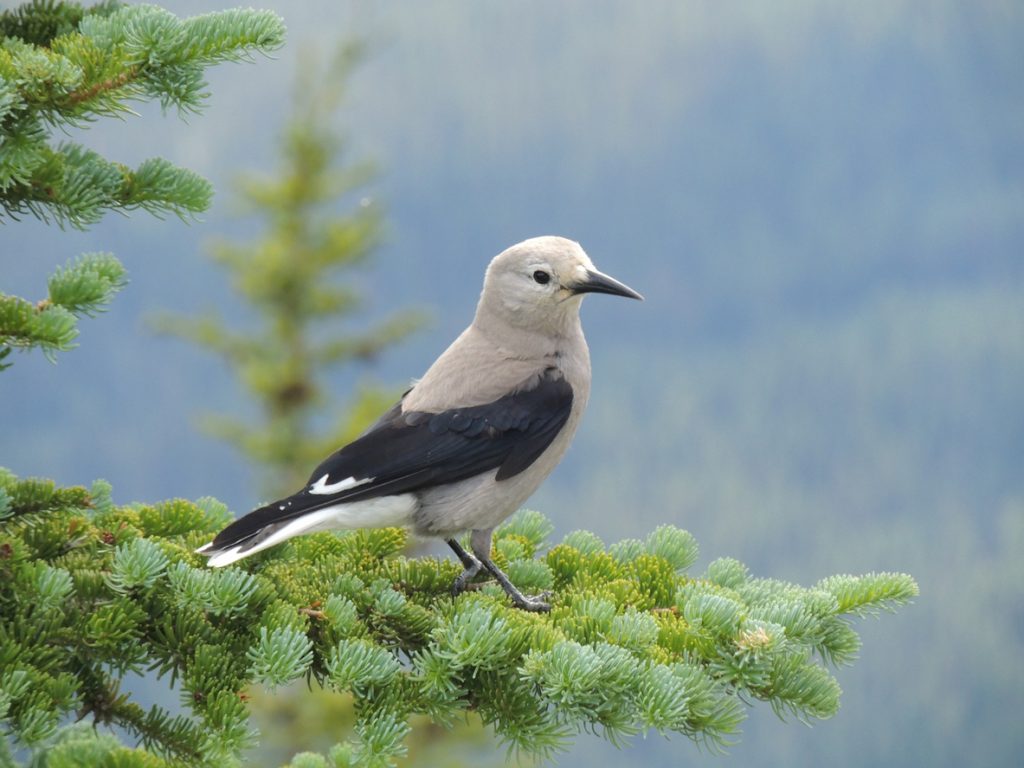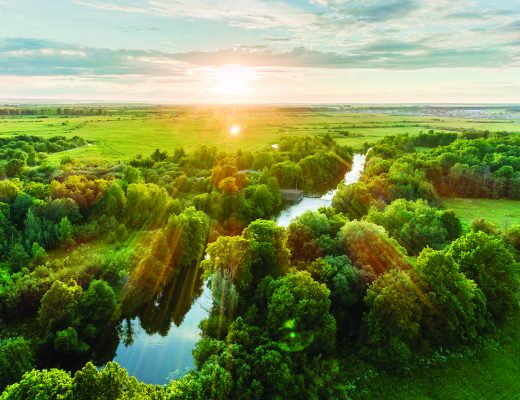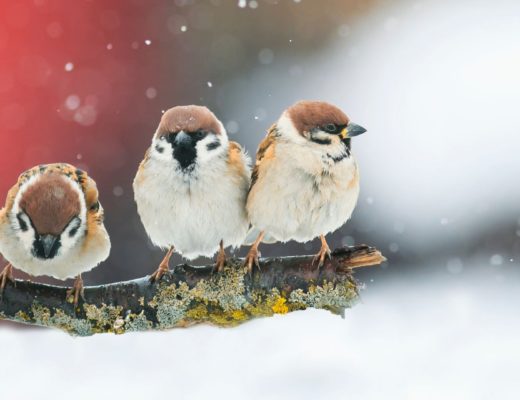Guest post by Gillian Martin of Tree Care for Birds.
Not everyone cares about birds. Understandably, some are even considered a nuisance and pose very real conflicts for people. But pause to consider this. Birds represent an epic spanning about 160 million years when archeological findings reveal they first evolved from dinosaurs.
They are, however, products of evolutionary events both prior and after that time. But seen or unseen, appreciated or not, birds are a long-tested product of Nature and time, one with purposeful design and function. And they have evolved to rely on and benefit trees as well as provide inestimable ecological benefits as a result. “
In fairness, before I bring birds center stage, let’s acknowledge that many mammals and insects, even some reptiles and amphibians rely on trees as well. Collectively wildlife feed on or use virtually every component of a tree: roots, trunks and limbs, bark, decay, cavities, foliage, buds, flowers fruit and seeds. But in regard to birds, let’s think in more general terms and start with a tree’s woody structure.
Birds recognize trees as scaffolding for nests but also as stages for courtship and territorial defense. For a male, the latter two are all about ‘getting the girl’ and keeping a usurper or competitor out of his territory. Being in plain view is naturally not always in a bird’s best interest, so that’s when a tree becomes a shield from the elements or conceals a bird or its nest from predators. You can also think of trees as a chain of Home Depots….an all-you-want supply of branches, foliage, twigs, needles, bark, moss and lichen for constructing nests.
It’s no accident that feather coloration and patterning of some birds have evolved to complement how and at what time of day a bird uses trees. Here’s just one example. Owls need feathering that makes them resemble bark because during daylight they tend to be inactive in trees and seek well-shaded areas within them. Attracting attention will cut into their sleep and may expose them and their young to predators. Furthermore, bright colored feathers are not helpful to owls in mate-selection since courtship happens in low light and the eyes of most owls have few cones (for seeing colors).

What else? Trees are also an outdoor food market. For what? You guessed insect prey, didn’t you? But how about nuts, seeds, nectar, fruit, sap and even phloem fiber. Sapsuckers, in particular, consume the latter. Ornithologists suspect it helps with food grinding in the same way that pebbles and gravel do for seed-eating birds.
But there’s more, and perhaps one surprise. Trees are a substrate for communication for woodpeckers. Really! The birds drum on them to talk with or warn one another. Why? They cannot sing. And lo and behold, birds clean and sharpen their bills on trees. Trees also serve as landmarks by helping birds find their way through landscapes, as well as assisting in relocating cachets of nuts and seeds. Some trees or groups of trees are convention sites for those that live and roost in flocks, use them as staging areas prior to migration, or as refuge when storms force them to land during migration. And finally, trees are schoolrooms for teaching young how to conceal themselves, and where to forage.
Birds can have simple or complex associations with trees. (Think insect management, seed dispersal, pollination, vectoring of fungal spores, and in the case of woodpeckers, even assisting with forest succession by helping to break down decaying trees.) Among the more complex are those that are symbiotic or mutualistic. The Clark’s Nutcracker is a hallmark example of the latter. The Clarke’s Nutcracker’s life revolves around pine seeds but the bird’s strong reliance on specific pines has in fact changed their seeds, cones and even the trees’ overall shape compared with other pines whose seeds are dispersed by the wind!

Another example can be found in a subspecies of the White-headed Woodpecker (P. a. gravirostris) which can be found in the San Gabriel mountains in California. Its bill is longer and deeper than its northern relatives and likely adapted to the very large, spiked cones of Coulter pine upon which it feeds.
The western chapter of the International Society of Arboriculture’s Tree Care for Birds and other Wildlife program (TCBW) provides Best Management Practices (BMP) to reduce harm to nesting birds during tree care. Furthermore, the International Society of Arboriculture’s recent Third Edition Pruning standards acknowledges consideration of wildlife when managing trees. Both are important steps in supporting an ethical ecology within the industry….one in which we strive to avoid harm not only to people and trees, but also to the natural world.
When we list the values of trees to human health, carbon and water sequestration, air quality, energy savings, etc. it’s important to include birds among those values less we lose sight of how critical trees and proper tree care are to them , as well as the many ecological services birds provide. Along with trees, birds are also an essential component of a sustainable, healthy environment. When selecting a tree, please consider a species that benefits birds and pollinators.
Gillian Martin is a co-founder of the Tree Care for Birds project and Director of the Cavity Conservation Initiative.





Fruit Trees : Fruit trees are deciduous trees that deserve special mention because they are so important for birds. The buds are a spring food source, flowers attract insects for birds to feed on and many birds will eat the fruit directly, even if it stays on the tree long past its peak ripeness. The best fruit trees for birds include crabapples, chokecherries, serviceberries, mulberries, and hollies.